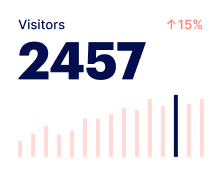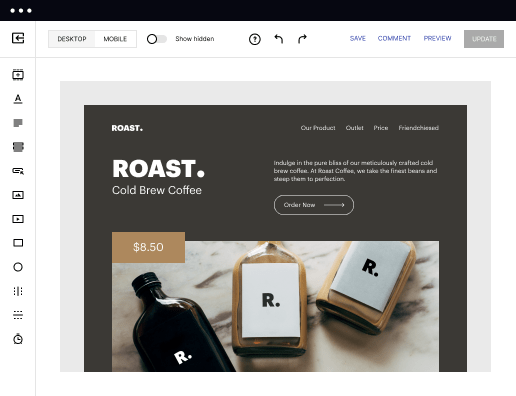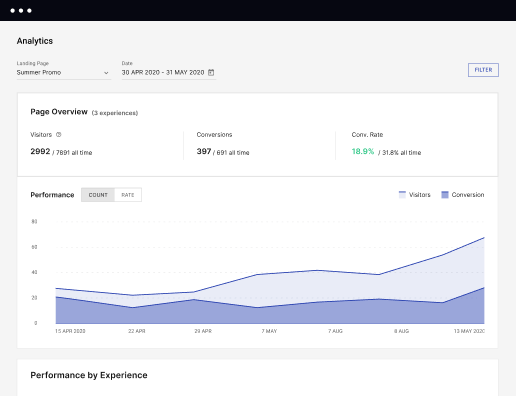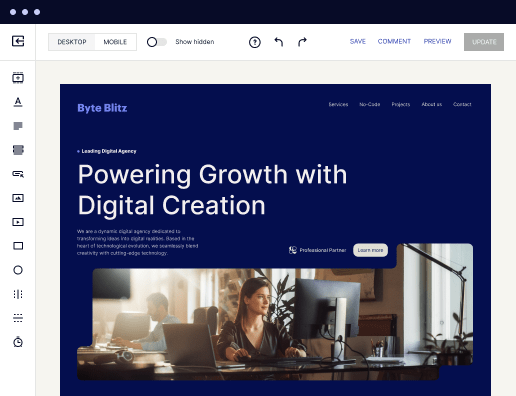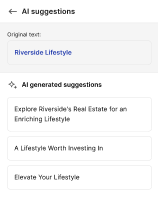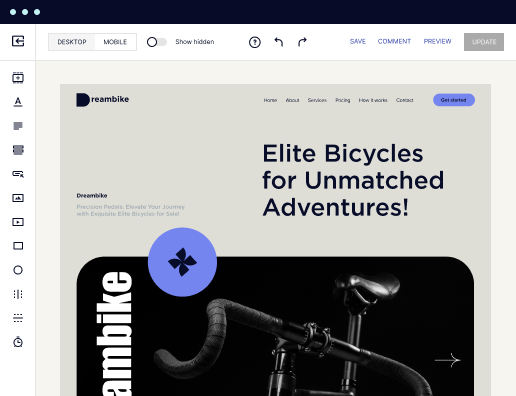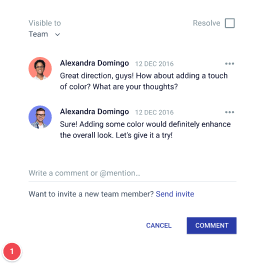Make your glossary page designed for Ubuntu
Instapage empowers you to reduce costs, increase conversions, and deliver meaningful experiences on Ubuntu.
Create a glossary page on Ubuntu with Instapage
Building a glossary page on Ubuntu using Instapage can streamline your marketing efforts and enhance user experience. By leveraging Instapage's flexible landing page capabilities, you can create a comprehensive resource for your audience that promotes clarity and efficiency in navigating technical terminology.
Understanding the importance of a glossary page
A glossary page serves as a vital tool for demystifying complex terms, especially in fields such as tech, education, and business services. Providing definitions and explanations helps build trust with your audience and keeps them informed and engaged. Utilizing Instapage, you can easily host a glossary page that caters specifically to your audience's needs.
- Enhances user comprehension: By defining technical terms, users can better understand your content and context.
- Increases trust and credibility: A well-defined glossary showcases your expertise and fosters brand loyalty.
- Supports SEO efforts: A glossary can be optimized for search engines, driving more organic traffic to your site.
Step 1: Choosing the right layout on Instapage
To begin crafting your glossary page, selecting the right layout on Instapage is crucial. Start by exploring the extensive library of conversion-focused templates designed to convert visitors into loyal customers.
Step 2: Customizing your glossary content
Next, personalize the content to reflect your brand's voice and the terminology relevant to your audience. Include a table or list that defines key terms to improve navigate through complex topics. Here are some elements to incorporate:
- Dynamic text replacement: Tailor definitions to different audience segments, making your glossary more relatable.
- AdMaps: Align specific ads to unique glossary definitions to enhance relevance and user engagement.
- Utilizing heatmaps: Assess how visitors interact with your glossary to continuously optimize layout and content.
Step 3: Launching and optimizing your glossary page
After customizing your glossary page, launching it using Instapage allows for real-time feedback and collaborative edits. Ensure you monitor performance with analytics tools to make informed adjustments. Optimization tactics include:
- Conduct A/B tests to discover which layout and content presentation works best for your glossary audience.
- Use analytics dashboards to evaluate user engagement metrics closely.
- Implement changes based on heatmap insights, focusing on areas where users struggle for the best results.
Creating a glossary page on Ubuntu through Instapage is not only simple but also highly effective for engaging your audience while improving your site's SEO.
Get started today with Instapage to build your informative glossary page, enhance user experiences, and elevate your brand's trust and authority!
Get more out of Make your glossary page on Ubuntu
Improve your Quality Score with quick load technology for landing pages
Increase conversions with content that aligns with your ads and audiences
Achieve maximum ROI by scaling your marketing initiatives
Leading the way in building high-performing landing pages





FAQs
See how to make your glossary page on ubuntu in action
Ready to skyrocket conversions?
Supercharge your ad campaigns with high-performing landing pages.
Get started
